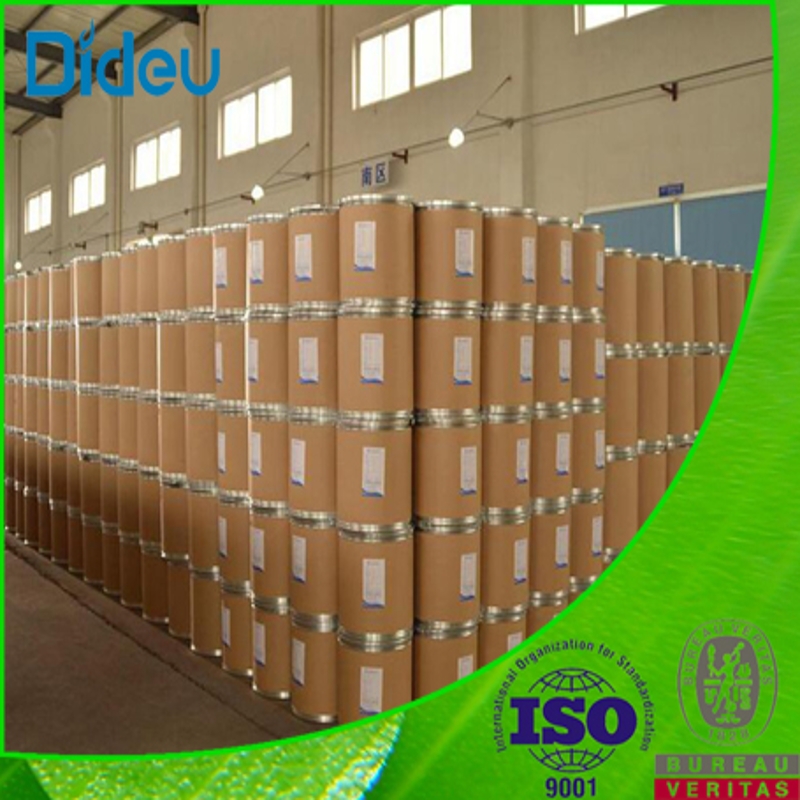Science Advances: Smart contact lenses can monitor and treat diabetes
-
Last Update: 2020-06-25
-
Source: Internet
-
Author: User
Search more information of high quality chemicals, good prices and reliable suppliers, visit
www.echemi.com
Introduction: In addition to correcting vision, contact lenses have an unexpected function - monitoring and treating diabetesIt sounds like a sci-fi movie, but no scientist can do it, only people can't think of itThis has attracted a lot of attention in the medical community, and medical experts believe that the contact lens not only brings good news to people with diabetes, but can also be modified to transform it into another tool for monitoring other diseases by detecting other related substances in the tearsdiabetics need to measure blood sugar levels by taking blood before and after meals, and are prone to complications from diabetesA team at Pohang University of Science and Technology (POSTECH) in South Korea has previously developed a technology that can diagnose and treat diabetic retinopathy by wearing "smart light-emitting diode (LED) contact lenses." The development of wearable diabetes diagnosis and treatment devices will be encouraged by this technologyPreviously, some developers believe that LED and other arsenic will cause eye damage and give up, good, scientists still do not give up, completed this initiative, a new preliminary study of animals by the team suggests that contact lenses can also monitor diabetes and provide drugsThe findings were published April 24 in the journal Science AdvancesThe new lenses are designed to monitor blood sugar levels and deliver drugs to the eye, which may be used in diabetes-related eye diseases called diabetic retinopathyAfter testing them on rabbits, the scientists found that the new lenses worked in both casesresearchers point out that there is already a contact lens approved by the U.SFood and Drug Administration (FDA) that measures eye pressure overnightEye pressure levels are important for glaucoma patients with eye diseasesenior research author and visiting professor at Stanford University in California, said smart contact lenses are particularly promising in healthcare for wearables because they can be used as an interface between human son and electronic devicesthis is the first study of contact lenses combining blood glucose sensing and drug delivery technologyHowever, methods that work well in animals are not always effective in humans smart contact lenses include ultra-thin and flexible circuits and microcontroller chips The current thickness is about 0.2 mm, and the researchers hope to reduce the thickness to 0.15 mm Current lenses are already thinner than FDA-approved eye pressure-measuring lenses Dr John Hovanesian, a clinical spokesman for the American Academy of Ophthalmology, , said the lenses are comfortable enough to wear but much thicker than standard contact lenses the chemicals on contact lenses bind to glucose and trigger changes in currents proportional to the amount of glucose The current is used to dissolve the gold film, which seals the drug store, triggering a certain dose of the drug release one of the biggest challenges in monitoring glucose in the eye with contact lenses is the need to use contact lenses for diabetics with caution, as infections and injuries can be more severe smart contact lenses on the mold and can be used in diabetes diagnosis and the treatment of diabetic retinopathy at the same time, there are many exciting possibilities A big possibility is that it is possible to treat diabetic retinopathy by providing the usual contact lenses These drugs are currently delivered to the eyes by injection in the study, , researchers used a drug called dye muplavone, which has not been approved by the U.S FDA Sanjoy Dutta, vice president of research at JDRF, a former adolescent diabetes research foundation, says they have done a good job of preclinical preparation Looking ahead, they need to know how accurate tear sugar compares to blood sugar The Achilles heel may lie in the connection of the two components (glucose sensing and drug delivery) Duterte says there are many research projects that are looking for ways to measure blood sugar levels without drawing blood or wearing a continuous blood glucose monitor Other options that have been tried or are being tried are monitored through sweat, tears, saliva and infrared light smart contact lenses for diabetes surveillance and the treatment of diabetic retinopathy any non-blood-based glucose monitoring can be very challenging The researchers hope to begin human clinical trials in 2021 If all goes well, the productwill will be available by 2023
This article is an English version of an article which is originally in the Chinese language on echemi.com and is provided for information purposes only.
This website makes no representation or warranty of any kind, either expressed or implied, as to the accuracy, completeness ownership or reliability of
the article or any translations thereof. If you have any concerns or complaints relating to the article, please send an email, providing a detailed
description of the concern or complaint, to
service@echemi.com. A staff member will contact you within 5 working days. Once verified, infringing content
will be removed immediately.







